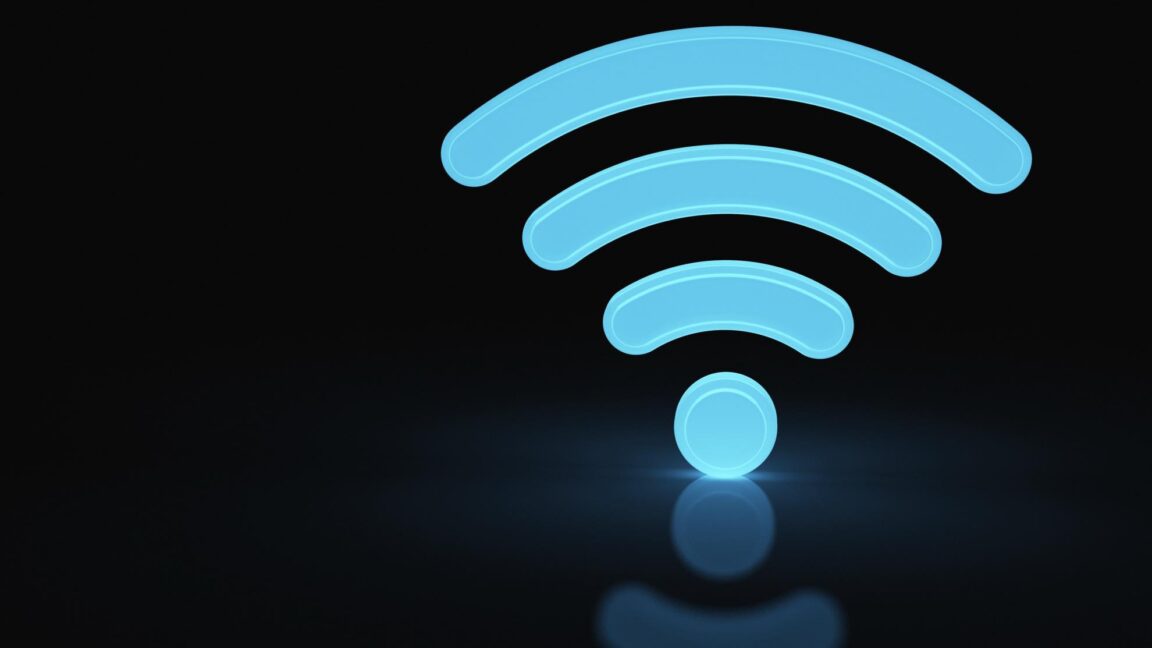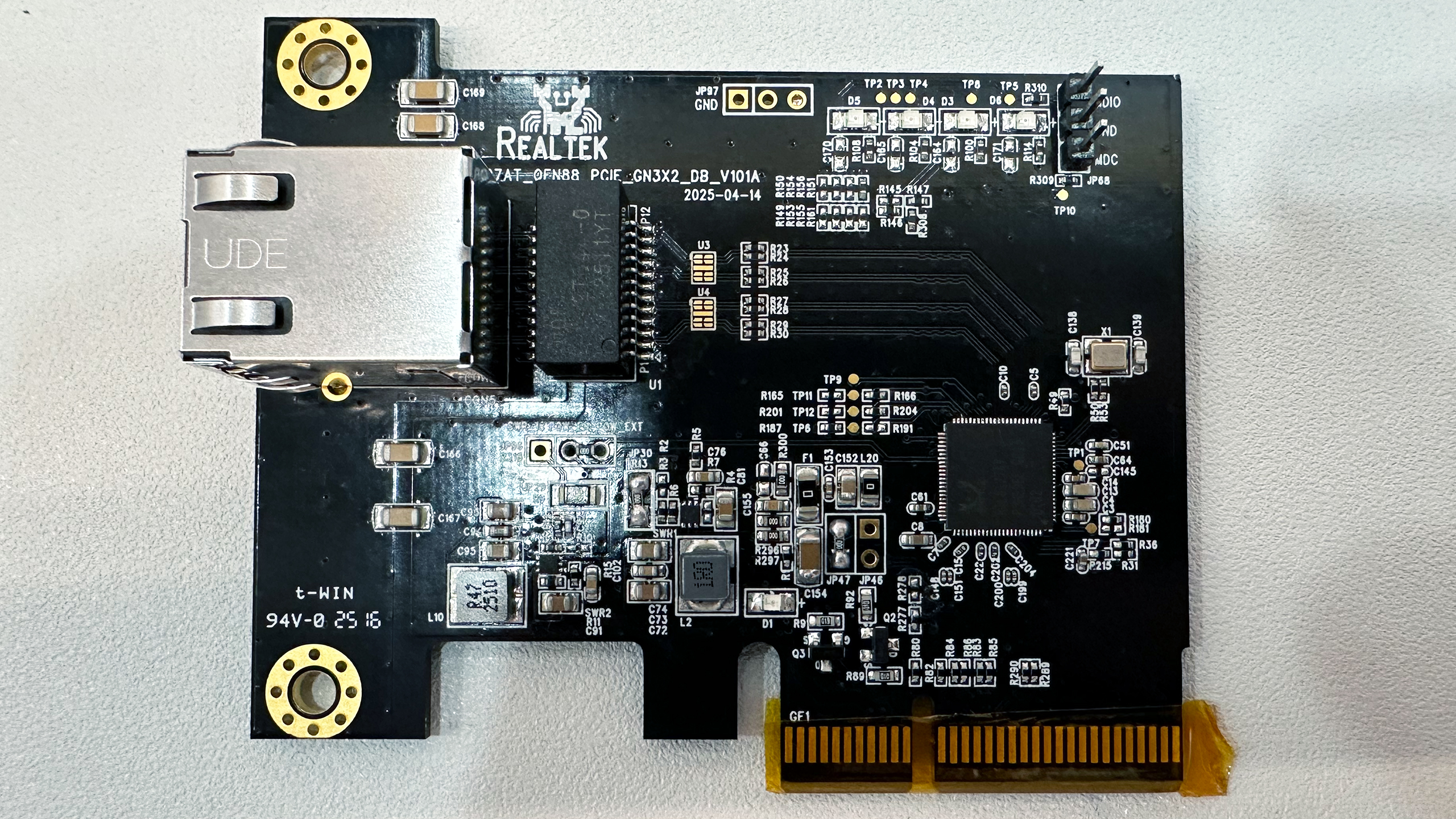We Should Immediately Nationalize SpaceX and Starlink
-
I hate tankies, but not as much as I hate Nazis. Desperate times call for desperate measures. We’re losing 100 years of social advancement. But here you are telling us to protect the fucking corporations that are sucking them up.
This is a false dichotomy. We don't have to accept either Nazis Marxists. Fuck them both, there other options out that are much better.
-
LOL "We should NOT be like them."
And then starts talking about health insurance. What health insurance?
You can only dream of being like Cuba.
But your shithole country keeps licking the boots and are good little servants of the oligarch ruling class.
And that's great, you deserve all you get, all you do is comlain and cry about it online anyway.Cuba is a shithole by every definition of the word. The only people in the world who think Cuba is decent are brainless Marxists online. Even Cubans don't agree with your delusions.
-
Tankies
boy howdy you've got the entire strawman army mustered in this thread.
It seems like you don't know what that term means
-
Yep that's my point. Not everything needs be a business.
My point is that this can be and is often done without nationalizing entire sectors of the economy
-
yeah but if SpaceX becomes NASA then what
Which is the advantage of SpaceX. As it is people are looking to cut money for NASA. Still, NASA has always subcontracted out, so absorbing SpaceX does not seem like it might change much (outside of public opinion)
-
This post did not contain any content.
You have NASA FFS. Just fund it.
-
I agreed with this sentiment six months ago, but now I like public hangings and nationalizing companies
Nationalizing companies is not going to fix the accountability issue we have in the country. The same problems are going to happen, just under new management.
-
Stay uneducated, loser
Get back in your bread line
-
we’re not going to nationalize the entire economy because that’s really stupid.
Yes, that's why no one in this entire thread suggested anything even remotely close to this. it's stupid, and a stupid strawman.
Nationalizing spaceX temporarily in order to restore confidence in it's largest, most important customer, after that customer's trust has been repeatedly violated by the executive and the board that keeps him in power, is NOT NATIONALIZING THE ENTIRE ECONOMY nor would it be untoward if Boeing or Lockheed's CEO was dumb enough to engage in this bullshit.
Yes, that's why no one in this entire thread suggested anything even remotely close to this. it's stupid, and a stupid strawman.
The guy that I replied said that we should nationalize any company that receives tax dollars if we depend on it... Buts that case for virtually the entire economy. Everything is touch by our tax dollars and everything in our economy is intertwined. It is a ridiculous suggestion.
Nationalizing spaceX temporarily in order to restore confidence in it's largest, most important customer, after that customer's trust has been repeatedly violated by the executive and the board that keeps him in power, is NOT NATIONALIZING THE ENTIRE ECONOMY nor would it be untoward if Boeing or Lockheed's CEO was dumb enough to engage in this bullshit.
The government doesn't nationalize on the behalf of companies, it only temporarily nationalizes when to protect the American economy at large. For example, in 2008 the government took hold of a bunch of auto companies to prevent a collapse of this sector. This is not happening here for SpaceX so it doesn't make sense to do it.
The thing is you would actually have a really good case to temporarily nationalize Boeing because it is basically our entire commercial plane manufacturing sector, and it's quickly heading towards collapse. This is a case where it makes sense. Starlink and SpaceX don't fall under this umbrella.
-
Omg you really think you're smarter than everyone. Of course there's in-between. Lmao glad you were able to clear it up for yourself.
I'm not smarter than everyone, but you are dumb enough to think Marxism and Fascism are economic opposites otherwise you wouldn't have said what you did earlier.
-
Get back in your bread line
Murder some more brown people, lib
-
Murder some more brown people, lib
Sorry, we out here on the streets of LA fighting ICE right now. No time to chat.
-
If not Musk should be forced from his roles in these companies. You cannot be a defense contractor and do ketamine.
Exactly. SpaceX was sunder scrutiny when he smoked doobie on a podcast. Now he is on drugs and nothing happens.
-
Nobody thinks about that, just about hitting the people they don't like. They don't think of consequences, they don't think that nationalization means humongous companies and wealth in fact changing hands in favor of people who already control the government.
That's every fascist regime in history BTW - make your natural opponents hang themselves. Like in Russia in 1999 groups people most hurt by Yeltsin's regime were deceived into voting for Putin, because he managed to create that "Soviet intelligence agent" image, despite being continuation of said regime. Or again in 2004, when he managed to take credit for growing oil prices, which meant that said groups of people feared literal starvation less, and the factor they've grown by compared to 1998 was so huge, that Russia's level of life really didn't catch up, but that was enough. Hold people in misery, throw them bones, they'll be grateful.
Also why most Russians gloated over Khodorkovsky, Berezovsky, other oligarchs being beaten by Putin.
Cause the oligarchs seemed the face of that regime, except Putin was its soul materialized. They somehow thought that when he hurts all the oligarchs enough, things will be good.
This is a very valid point. Nationalization essentially means transferring control of these companies to either Trump or congress as well giving them power to use nationalization as a tool. Not only are they horrendously incompetent but they're also sure to weaponize it. I wouldn't be surprised if Trump went on a spree nationalizing "liberal Democrat" companies or nationalizing companies that compete with his businesses.
-
Sorry, we out here on the streets of LA fighting ICE right now. No time to chat.
That's actually commendable if you're going and fighting ICE, they're actual fascists. Maybe you could take inspiration from Bolsheviks on how to fight fascists (look up "Black Hundreds" on Wikipedia).
-
You have NASA FFS. Just fund it.
NASA is too beholden to politics... You can't do 7 year builds and missions when the Senate flips every 4 years and has to kill everything the other side did on principle that it has a D or R attached to it. Everything is political.
-
NASA is too beholden to politics... You can't do 7 year builds and missions when the Senate flips every 4 years and has to kill everything the other side did on principle that it has a D or R attached to it. Everything is political.
<.< Legitimate question, what was the last thing each party killed that was put in place by the other party?
-
This is the same mistake everyone makes. They think Donald Trump is just a person. That he actually matters and we just have to get rid of him and everything will be okay.
It doesn’t work that way.
As fascism didn’t die with Hitler, it’s not going to die with Trump. All of the problems — all of the rifts in our society — will still be there when he’s gone.
Very true. It’s easy to focus on a figurehead and much harder to target a broad feeling of disillusionment affecting tens of millions.
-
<.< Legitimate question, what was the last thing each party killed that was put in place by the other party?
It is usually due to "budget cuts" as the easiest way to kill a project is to defend it.
Juno Jupiter flyby
Maven mission to mars
New horizons kbo flyby
Terra mission-earth science satellite
Aqua mission -earth science satellite
DSCOVR
SLS-which may actually be a bad program but is a good example of the political issues with NASA vs senate.
-
doesn't magically become """liberation""" just because it was stolen by someone else first
No, it becomes liberation when majority-Ukrainian regions oppressed under the Polish nationalist state without any mode of representation, recognition of their language, and under bourgeois rule, instead obtain Ukrainian representation and institutions and recognition of its language as an official language. I assume you would know this since you seem to care so much about Ukrainians?
After Russia brutally suppressed their independence, then sent 10 million of them off to die to protect Russians. Which you keep wilfully ignoring.
Ukrainians didn't want to be under Russian rule. It's wild the mental gymnastics you're doing to excuse Russia allying with Hitler himself to steal foreign land. So I'll say again, the fact those regions were mistreated under Poland does mean it's okay to invade them and colonise them.
Like you can find examples of time were colonial countries """liberated""" foreign nations in much the same way, putting them under a different boot and treating them marginally better than the last guy. But if a colonial apologist gave you that argument you would (rightly) not accept it, would you?






